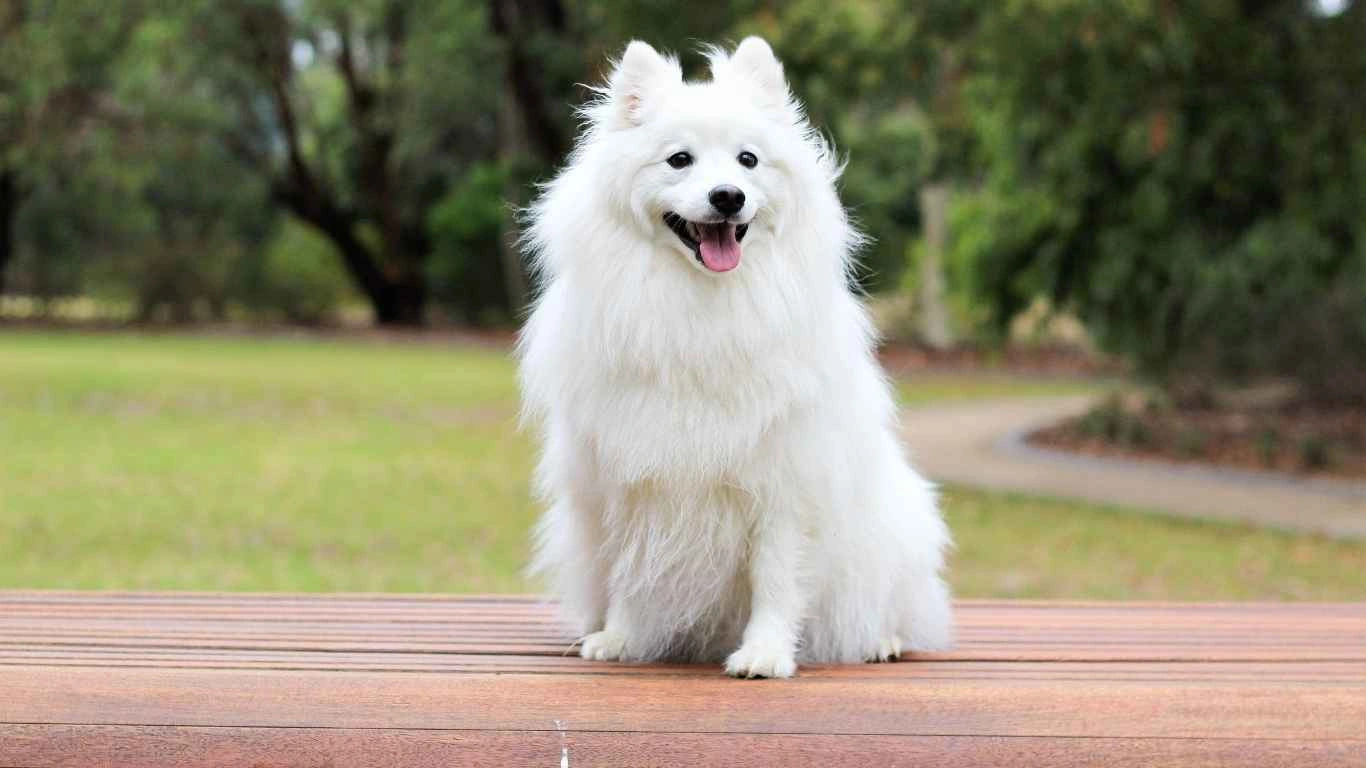Can Dogs Eat Beet Greens Safely? Shocking Truth Inside
Can dogs eat beet greens? That’s a question I hear more often than you might think—especially from pet parents trying to whip up a homemade meal for their pups or just curious about table scraps. As someone who’s spent years working hands-on in shelters and clinics, I’ve seen my fair share of well-meaning dog lovers accidentally feeding things they assumed were safe. Let’s just say, not everything that’s healthy for us makes a good treat for our furry companions. So, let’s get into the leafy details and unpack whether beet greens belong in your dog’s bowl or not.
Are Beet Greens Safe for Dogs?

Okay, so first things first—yes, dogs can eat beet greens, but (and it’s a big but), there are a few important caveats to keep in mind. Beet greens, which are the leafy tops of the beetroot plant, are packed with nutrients like vitamin K, fiber, magnesium, and iron. Sounds great, right? But when it comes to dogs, too much of a good thing can sometimes cause trouble.
In my experience working at the clinic, I’ve seen pups come in with tummy troubles after scarfing down a pile of greens—usually because their digestive system just isn’t built for handling large quantities of fibrous veggies. Moderation is key here.
What’s Actually In Beet Greens?
If you’re a label-reader like me, you’re probably curious about the actual nutritional value in these leafy tops. Here’s a quick breakdown of what’s inside beet greens:
- Vitamin A – Great for vision and immune health
- Vitamin C – Helps fight inflammation
- Calcium – Essential for strong bones and teeth
- Iron – Supports healthy red blood cells
- Oxalates – And here’s where it gets tricky…
That last one, oxalates, are naturally occurring compounds found in many leafy greens. They’re harmless in small amounts but can interfere with calcium absorption and potentially contribute to kidney stone formation—especially in dogs who are prone to urinary issues. I’ve seen this firsthand in a few cases, so if your dog has had kidney or bladder problems before, skip the beet greens or consult your vet first.
How Much Is Too Much?

I always tell pet parents at the shelter: think of beet greens as a garnish, not the main course. Small amounts chopped up and mixed into a meal can be a nice nutrient boost, but you don’t want to overwhelm your dog’s system. Here’s a quick guideline I like to follow for veggie portions:
- Start with a teaspoon of chopped beet greens for small dogs, or a tablespoon for large dogs
- Watch for signs of upset stomach (gas, loose stool, or disinterest in food)
- Only serve cooked beet greens—steamed or sautéed with no seasoning is best
- Skip it entirely for dogs with kidney issues or calcium oxalate stones
I remember a sweet senior Beagle named Lucy who came into the clinic once after getting into her owner’s veggie garden. Her bloodwork showed elevated kidney values, and turns out, she’d been snacking on beet greens daily. Her case really drove home how even natural, healthy foods can become a problem without proper guidance.
Signs Your Dog May Not Tolerate Beet Greens

If you’ve introduced beet greens into your dog’s diet and something seems off, it might be your dog’s way of saying, “No thanks.” Here are a few red flags I always tell folks to look out for:
- Vomiting or diarrhea
- Increased thirst or urination
- Loss of appetite
- Lethargy or acting “off”
In those cases, cut out the greens and give your vet a call. It’s always better to be safe than sorry. Every dog is different—some might thrive on leafy add-ins, while others might be better off without.
Best Ways to Prepare Beet Greens for Dogs

Now if you’re thinking of giving beet greens a try, let’s make sure you’re doing it right. One thing I always emphasize—especially to new pet adopters at the shelter—is never feed dogs raw beet greens. Raw greens are tougher to digest and more likely to cause gastrointestinal upset. Plus, cooking them helps reduce the oxalate content, making them safer overall.
Here’s what I usually recommend based on what’s worked well over the years:
- Steam lightly – Softens the greens while preserving nutrients
- Chop finely – Smaller pieces are easier for dogs to chew and digest
- Skip the seasoning – No salt, garlic, onions, or oil (those can be toxic)
- Cool before serving – Let them cool to room temp before adding to food
I once had a client who sautéed beet greens in olive oil with garlic for her dinner and thought her Lab could enjoy the leftovers. Poor pup ended up with a serious case of vomiting—lesson learned the hard way. Keep it simple and bland for your dog’s safety.
Combining Beet Greens with Other Dog-Friendly Foods

So, what do beet greens actually pair well with when prepping your dog’s meals? Great question—and one I get all the time from folks dabbling in homemade dog food. Beet greens are best used as a supplemental topper rather than a staple. Think of them like a side salad to your dog’s meat-and-potatoes main course.
Here are a few combos that I’ve found both nutritious and well-tolerated by most pups:
- Shredded beet greens + plain cooked chicken + brown rice
- Beet greens + lean ground turkey + pumpkin puree
- Beet greens + cooked quinoa + sardines (in water, no salt)
It’s a good idea to start with small amounts—like 5-10% of the meal—just to see how your dog handles it. Some pups have sensitive stomachs, especially seniors or those with previous dietary restrictions. Always observe after introducing anything new, just like we would in a shelter setting when transitioning dogs onto different food brands.
When You Should Avoid Beet Greens Entirely

Okay, let’s be honest—there are some cases where the answer to “can dogs eat beet greens?” is a firm no. Despite their benefits, these greens can still pose risks under the wrong circumstances. I’ve seen it in dogs with specific health concerns where even small dietary changes threw their systems off balance.
Health Conditions to Watch Out For:
- Kidney disease – High oxalate content can be problematic
- Bladder stones (especially calcium oxalate)
- Chronic pancreatitis – Too much fiber can irritate their system
- Iron storage diseases – Since beet greens are high in iron
If your dog has any of these conditions, or you’re unsure, it’s always best to check with your vet before adding anything new to their bowl. I can’t count how many times I’ve had owners bring their dog in for mild symptoms that turned out to be diet-related. It’s rarely intentional—just part of the learning curve of being a pet parent.
Beet Greens vs Other Leafy Greens: Which Is Best?

Let’s say beet greens aren’t the right fit for your pup—no worries, there are other leafy greens out there that might be a better match. Here’s a quick side-by-side I like to share with adopters looking to add more veggies into their dog’s meals:
| Leafy Green | Safe for Dogs? | Notes |
|---|---|---|
| Beet Greens | Yes, in moderation | Cooked only; watch oxalates |
| Kale | Yes | High in nutrients but can cause gas |
| Spinach | Limited | Also high in oxalates |
| Collard Greens | Yes | Cooked is safer; very fibrous |
| Romaine Lettuce | Yes | Low risk, but not very nutritious |
As you can see, beet greens aren’t the worst choice—but they do require a little more care than some other options. I often recommend rotating veggies rather than sticking to one kind all the time. Variety helps prevent nutrient imbalances and keeps mealtime interesting for your pup (and let’s be honest—it’s more fun for you too).
Introducing Beet Greens to Your Dog’s Diet the Right Way

Alright, so by now you know the ups and downs of beet greens. If you’re ready to give them a try with your pup, you’ll want to do it slowly and with a bit of intention. Back when I was doing intake assessments at the shelter, we had a golden rule—one change at a time. That way, if a dog had a reaction, we knew exactly what caused it.
Here’s how I recommend introducing beet greens into your dog’s diet without turning dinner into a digestive disaster:
- Start small: Think of beet greens as a treat, not a main course. A teaspoon for small dogs, a tablespoon for big ones.
- Cook ’em soft: Lightly steam or boil the greens. Never raw, and definitely no added oils or seasonings.
- Mix into familiar foods: Combine with their usual kibble or home-cooked meals for a smoother transition.
- Watch for changes: Give it a couple of days. If you notice vomiting, loose stools, or changes in appetite, hit pause and call your vet.
For example, I introduced beet greens to my friend’s Border Collie, Jasper, who’s normally sensitive to new foods. We mixed in a bit with his turkey and rice meal. No issues, just some extra tail wags and a very clean bowl.
Can Dogs Eat Beet Greens Daily?

This question comes up a lot, especially from folks who love to meal prep for their pets. While beet greens are nutritious, they shouldn’t become a daily staple. In moderation, they’re a wonderful supplement—but due to the oxalate content, feeding them daily could lead to issues over time, particularly for breeds prone to urinary problems.
Instead, think about rotating greens to give your dog a variety of nutrients while minimizing the risk of overexposure to any one compound. Here’s a simple weekly rotation guide I’ve used with my own clients:
- Monday: Beet greens (steamed)
- Wednesday: Chopped kale (blanched)
- Friday: Romaine lettuce (raw, chopped)
That kind of variety keeps your dog’s meals interesting and balanced, just like we aim to do with shelter dogs transitioning off basic kibble.
Quick FAQs About Beet Greens for Dogs
Are beet greens better than beets?
It depends. Beetroot is higher in sugar but lower in oxalates. Beet greens have more fiber and vitamins. Both have their perks, but greens carry more risk if overfed. I usually recommend using either in small amounts—not both together.
Can puppies eat beet greens?
Personally, I’d skip it. Puppies have more sensitive tummies and are still building their digestive strength. Focus on high-quality puppy food and save beet greens for when they’re older and more resilient.
Can dogs with allergies eat beet greens?
Most dogs don’t have specific allergies to beet greens, but it’s not impossible. If your dog is already on a limited-ingredient diet or has known sensitivities, speak with your vet first.
Final Thoughts on Feeding Beet Greens to Dogs
To wrap it all up, yes—dogs can eat beet greens, but only in moderation and with the right prep. Cook them, chop them small, and use them as an occasional addition rather than a daily routine. With the right approach, you can safely share a little leafy goodness with your furry best friend.
My best advice? Know your dog. What works for one pup might not sit well with another. And when in doubt, ask your vet. Your dog’s health is always worth the extra step.
References
Disclaimer
This article is intended for informational purposes only and does not substitute professional veterinary advice. Always consult your veterinarian before introducing new foods or supplements into your dog’s diet—especially if they have pre-existing health conditions or are on medication. Every dog is different, and what works well for one may not be suitable for another.





